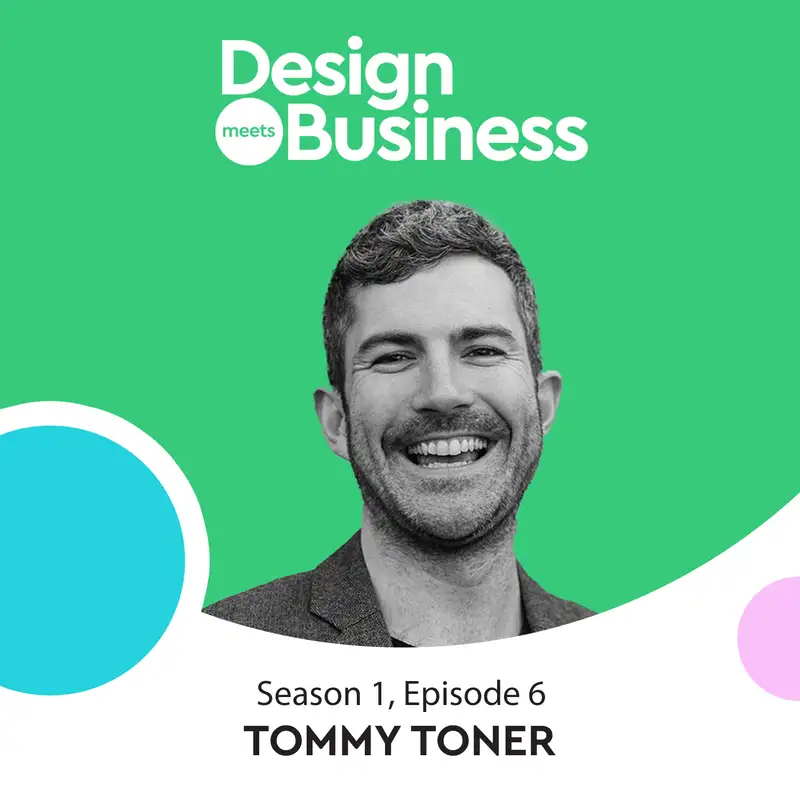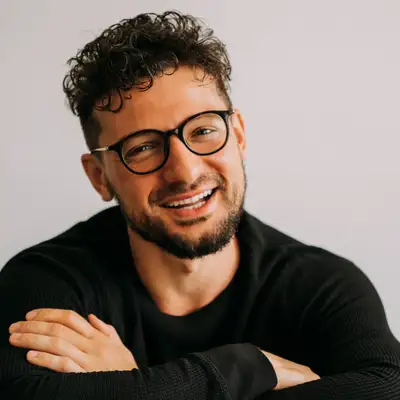Tommy Toner: Curiosity & Design in Larger Organisations
On today's show Tommy and I discuss what separates successful designers from the less successful ones, the two viable career choices for creatives, and what he's looking for in a portfolio when he's hiring.
Connect with Tommy
Connect with Tommy
Creators and Guests


